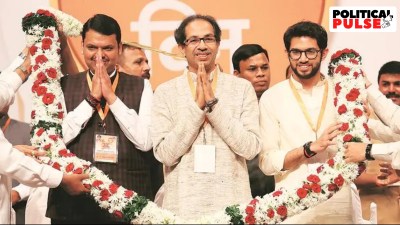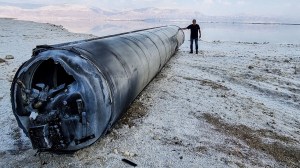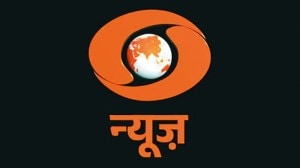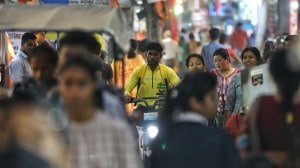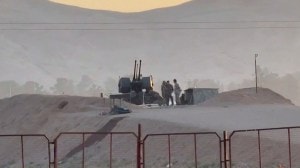- India
- International
Delhi’s odd-even scheme in 2016: Challenges and lessons
The first time the policy was implemented in 2016, the government had taken the risk of becoming the first city in India to implement such a road-rationing policy.
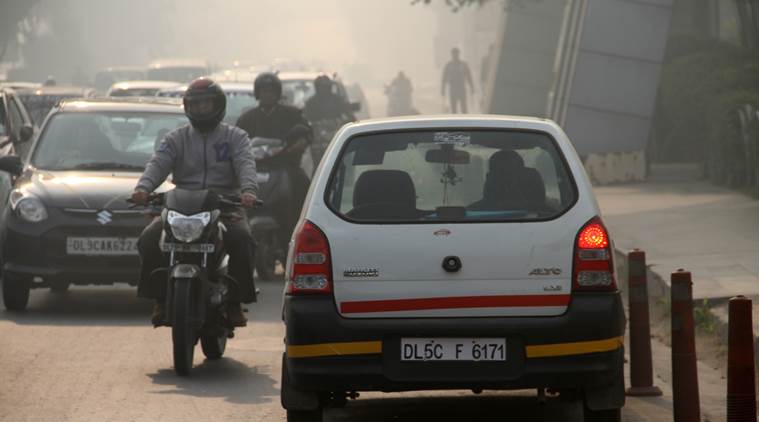 While the scheme was in force, Delhi saw a winter with near-zero wind speed, high humidity and characteristically low January temperatures. (Express Photo: Gajendra Yadav/File)
While the scheme was in force, Delhi saw a winter with near-zero wind speed, high humidity and characteristically low January temperatures. (Express Photo: Gajendra Yadav/File)
The Delhi government’s decision to implement the third phase of the odd-even scheme got a boost from the “positive response” it received from several sectors after Chief Minister Arvind Kejriwal announced that pollution in Delhi had fallen over the past few years.
“… A lot of people have spoken about bringing the scheme back during the time stubble is burnt in neighbouring states. We also have to maintain the gains we have made. Odd-even is an emergency measure and November is when air quality is the worst. We believe people will support us,” said a senior government official.
The first time the policy was implemented in 2016, the government had taken the risk of becoming the first city in India to implement such a road-rationing policy. After a few hiccups, it panned out smoothly, especially because children and parents were not impacted as schools were shut for winter vacations.
But weather played spoilsport. While the scheme was in force, Delhi saw a winter with near-zero wind speed, high humidity and characteristically low January temperatures.
Studies by different organisations gave varying conclusions about the initiative’s impact. Data shared by Central Pollution Control Board and SAFAR showed that for some parameters, pollution increased during the odd-even period, but experts at both organisations agreed that it was because of prevailing weather conditions. A study by researchers at the Energy Policy Institute at the University of Chicago, and Evidence for Policy Design group at Harvard University, calculated the impact by comparing pollution levels in Delhi with those in Faridabad, Gurgaon and Noida. It said PM decreased by around 13%.

The second phase saw different challenges. “It was difficult for people to pick up their children from school. Also, while it is easier for people to take public transport in winters, doing the same in summers is not convenient. In this phase, the government did not receive as much support,” the official said.
Apr 20: Latest News
- 01
- 02
- 03
- 04
- 05











